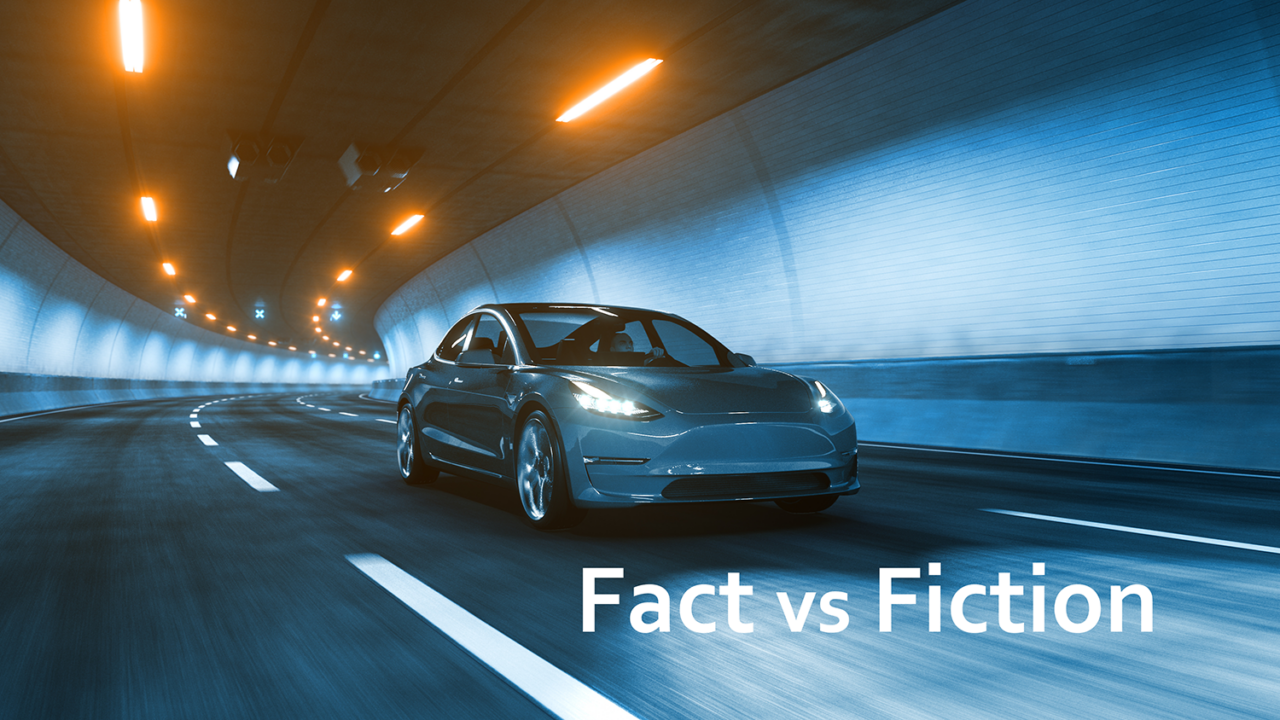Concerns surrounding climate change and the government’s forthcoming ban on the sale of internal combustion engine (ICE) vehicles in 2035 have seen an exponential rise in the number of EVs on UK roads. However, despite their recent popularity, EVs remain under persistent scrutiny and attract an endless stream of conflicting and often misleading information.
Much of the confusion has been caused by a lack of general understanding of EV technology, compounded by the misguided prejudice of diehard ICE vehicle supporters, who are reluctant to accept transport electrification. In an attempt to unscramble the confusion and dispel some of these erroneous beliefs, this article examines the genuine concerns of today’s motorists and fleet operators, separating fact from fiction.
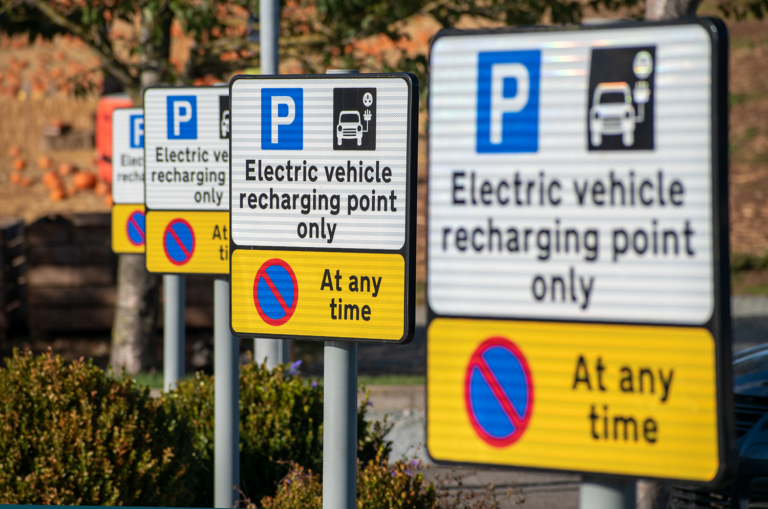
Range Anxiety
A common misconception among EV drivers is ‘range anxiety’; the inability to complete a journey without running low or out of energy, due to a potential lack of operational charging facilities whilst on the move.
The latest models of EVs feature a mileage range similar to that of equivalent petrol models, so when taking into account that most daily trips are twenty miles or less, the likelihood of needing a recharge during the journey is remote.
Furthermore, it is exceptionally difficult to completely flatten the drive battery in an EV, as manufacturers incorporate safety measures into their vehicles to prevent such an eventuality. Firstly, the car will emit low-charge warnings, before activating a power reduction protocol to extend the remaining charge, increasing the chances of getting to a charging location.
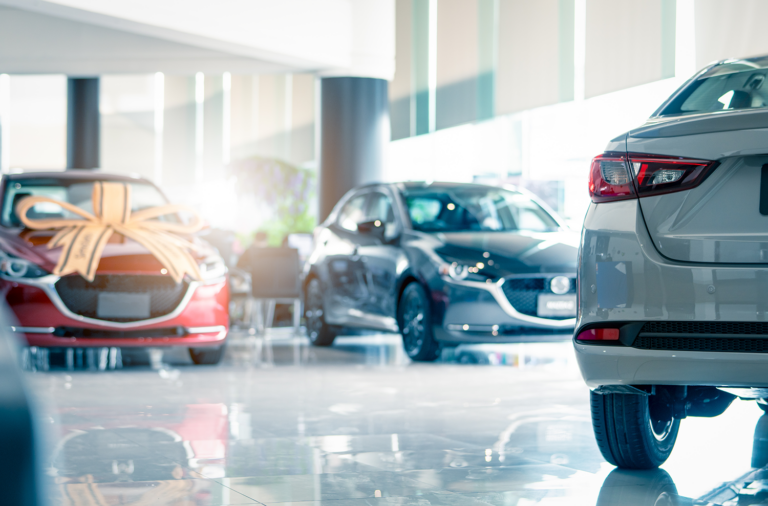
Expensive Price Tag
There is no doubt that the list price of a brand-new electric car is typically higher than an equivalent petrol or diesel car. It is a common trend that products based on new technology are more expensive for early adopters, but as they become more mainstream and production volumes increase, prices fall.
EV manufacturing is still in its infancy and as such, the research and development (R&D) costs for advanced batteries and electric drivetrains require significant investment. Currently, these R&D costs are factored into the final retail price of the vehicle.
However, there is good news on the horizon; there have already been considerable price reductions on electric vehicles by leading manufacturers and this trend is set to continue.
As more manufacturers produce electric versions of their existing models and new manufacturers enter the marketplace, EVs will become a far more attractive proposition.
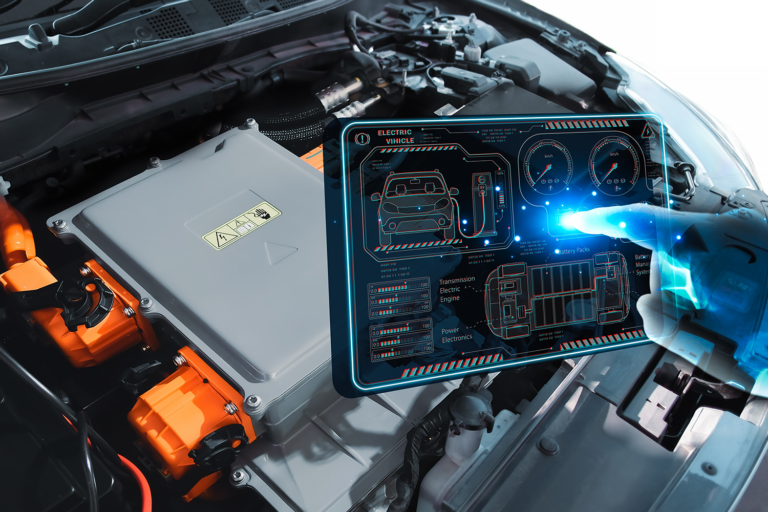
EV Battery Life
Concern about battery degradation is among the top reasons for drivers not to make the switch to EVs. This fear is completely unfounded, as most manufacturers provide a battery warranty of at least eight years or 100,000 miles. These warranties generally cover defects and significant capacity loss, often if the battery capacity drops below 70% of its original status.
A substantial amount of investment has been ploughed into developing battery technology, including smart temperature management, and as a result, EV batteries are now very robust and reliable.

EV Tyre Wear
EV tyres tend to wear out faster than ICE vehicles, predominantly due to the additional load attributable to the battery weight and because these vehicles have instant torque; both of these factors can increase the stress on tyres.
However, manufacturers have developed new, high-strength compounds to counteract early tyre wear. Today’s EVs are factory-fitted with rolling resistance tyres to enhance energy efficiency, improve the mileage range and withstand the demands of rapid torque response.
It is worth noting that tyre wear is very much related to driving style, for instance, bad habits such as repeated rapid acceleration and high-speed cornering put a strain on the tyre surface and cause premature wear. Regardless of vehicle type, it is important to check tyre pressure and tread regularly to stay safe and legal on the road.
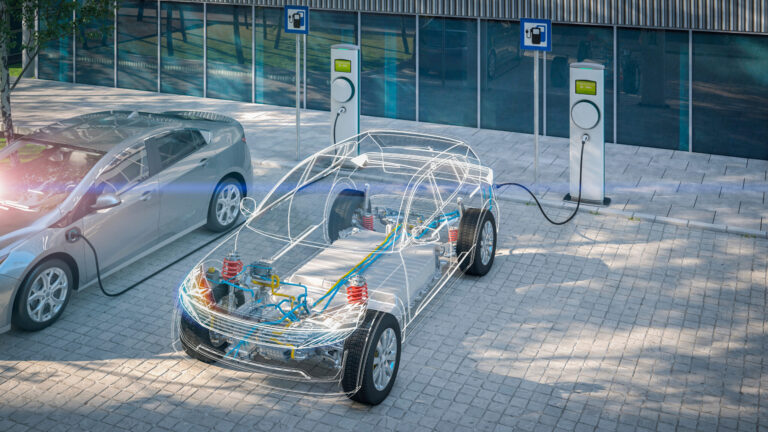
EV Maintenance Charges
EVs generally work out much cheaper to service and maintain than the equivalent traditional models, largely because they have fewer moving components and fewer parts prone to wear.
Unlike ICE vehicles, there is no oil to change, nor are there any oil, air or fuel filters to replace, cutting waste and further reducing the environmental impact of owning an EV.
Furthermore, when decelerating EVs use regenerative braking, which converts kinetic energy back into electrical energy to recharge the battery. This process reduces the reliance on traditional hydraulic brakes, leading to less wear and tear on brake pads.
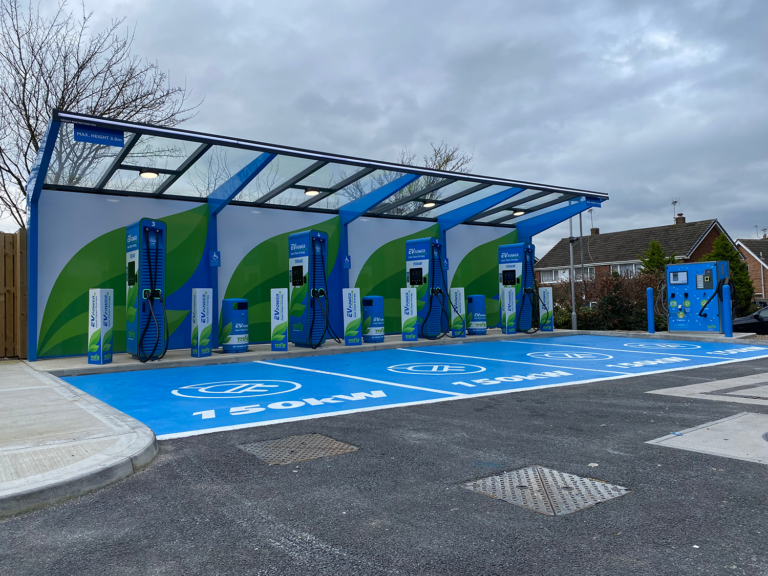
Insufficient EV Infrastructure
The National Grid in the UK has been working on identifying optimal locations with sufficient grid capacity to support the installation of ultra-fast charging stations. The objective of this initiative is to ensure that drivers on the strategic road network (SRN), which includes motorways, major dual carriageways and A roads, are never more than 50 miles away from an ultra-rapid charging point.
This network of charging stations will provide drivers with greater confidence in the availability of operational charge points, and ultimately make the transition to electric cars more accessible and attractive.
In summary, while the current EV infrastructure is growing and improving, continued investment and technological advancements are necessary to fully support the increasing number of EVs.
EV Fire Risk
It is easy to think that electric car fires are commonplace as if they do occur, the incident is highly publicised in the press and on social media. This hype can be attributed to the EV enjoying its first flush of success in the UK’s transition away from fossil fuels and therefore firmly in the public eye. As a result, several high-profile car fires have been incorrectly blamed on electric vehicles.
EVs are fundamentally much safer than ICE vehicles as they don’t store or distribute highly combustible liquids like petrol or diesel. The flow of electricity is much easier to monitor than that of fuel so if a fault was to occur, the vehicle’s built-in safeguards would shut off the supply.
Whilst it is not impossible for an EV to catch light, the recorded instances are very rare and they pose a much smaller fire risk than their petrol and diesel counterparts.
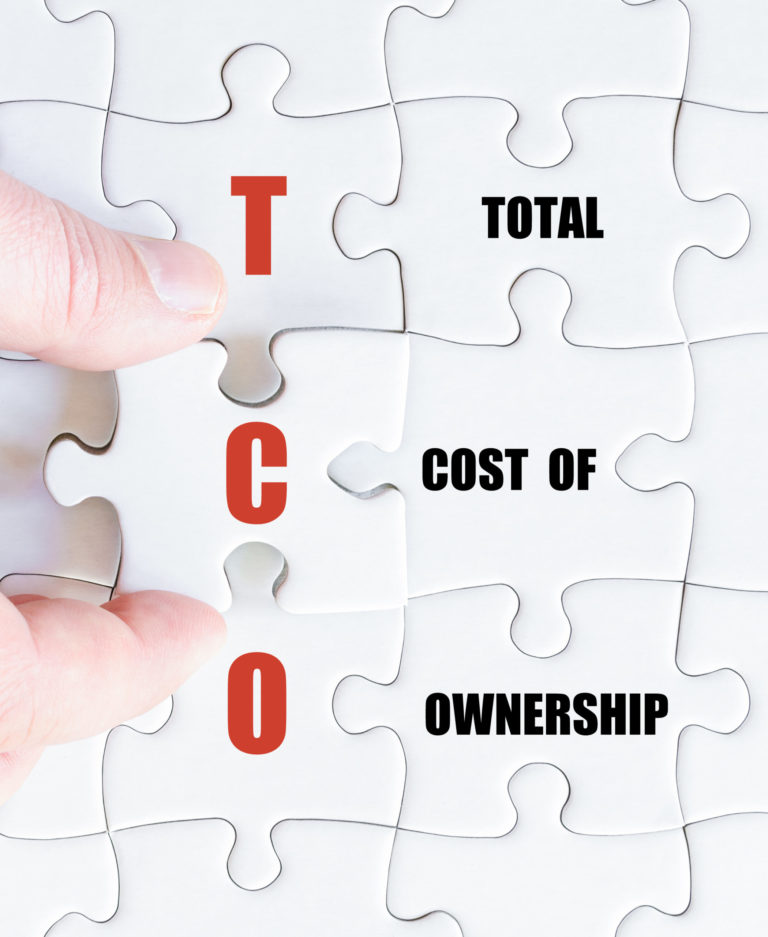
EV Total Cost Of Ownership
Whilst EVs are often more expensive to insure, primarily due to the high cost of production, it is important to compare service/maintenance charges, road tax and mileage costs, as it is in these areas that EVs prove their worth.
EV service and maintenance charges are typically less costly than the equivalent petrol and diesel models, as noted in the EV Maintenance Charges section earlier in this article.
The cost of electricity is far less than the price of unleaded or diesel, meaning electric car cost per mile figures are considerably lower than ICE vehicles and hybrids. It is worth highlighting that purchasing EV energy via a monthly subscription plan is far more cost-effective than adopting a pay-as-you-go approach.
At present, fully electric cars are ‘zero-rated’ for vehicle excise duty (road tax), whereas combustion engine cars are taxed in line with their emissions and range from £165 to over £600, depending on the grams per kilometre of CO2 produced.
Taking into account all of the above, it has to be said that owning and driving an EV is cost-effective, and will only become more so as time and technology moves on.
TSG is here to help
TSG is best placed to deliver the electrical infrastructure to support the exponential growth of EVs, by being recognised as the UK’s first-choice engineering, construction and procurement (ECP) contractor, regardless of the technology behind it.
TSG UK specialises in EV charge point installation, signage and branding solutions, electrical testing and preventative maintenance contracts. UCP Choice (a TSG Company), is a leading national independent connection provider (ICP) and delivers a full service including design, equipment supply, project management, high-voltage connections, installation and maintenance to EV, battery storage and solar solutions.
Undoubtedly, electricity is currently leading the way in the alternative energies race, and as adoption grows and technology develops, it will become the obvious choice for forward-thinking motorists and businesses alike.
Whatever the future holds, TSG has the expertise to provide a complete end-to-end turnkey EV charge solution, from site survey, design, consultancy and distribution network operator (DNO) connections.
Author: Cheryl Ashton
